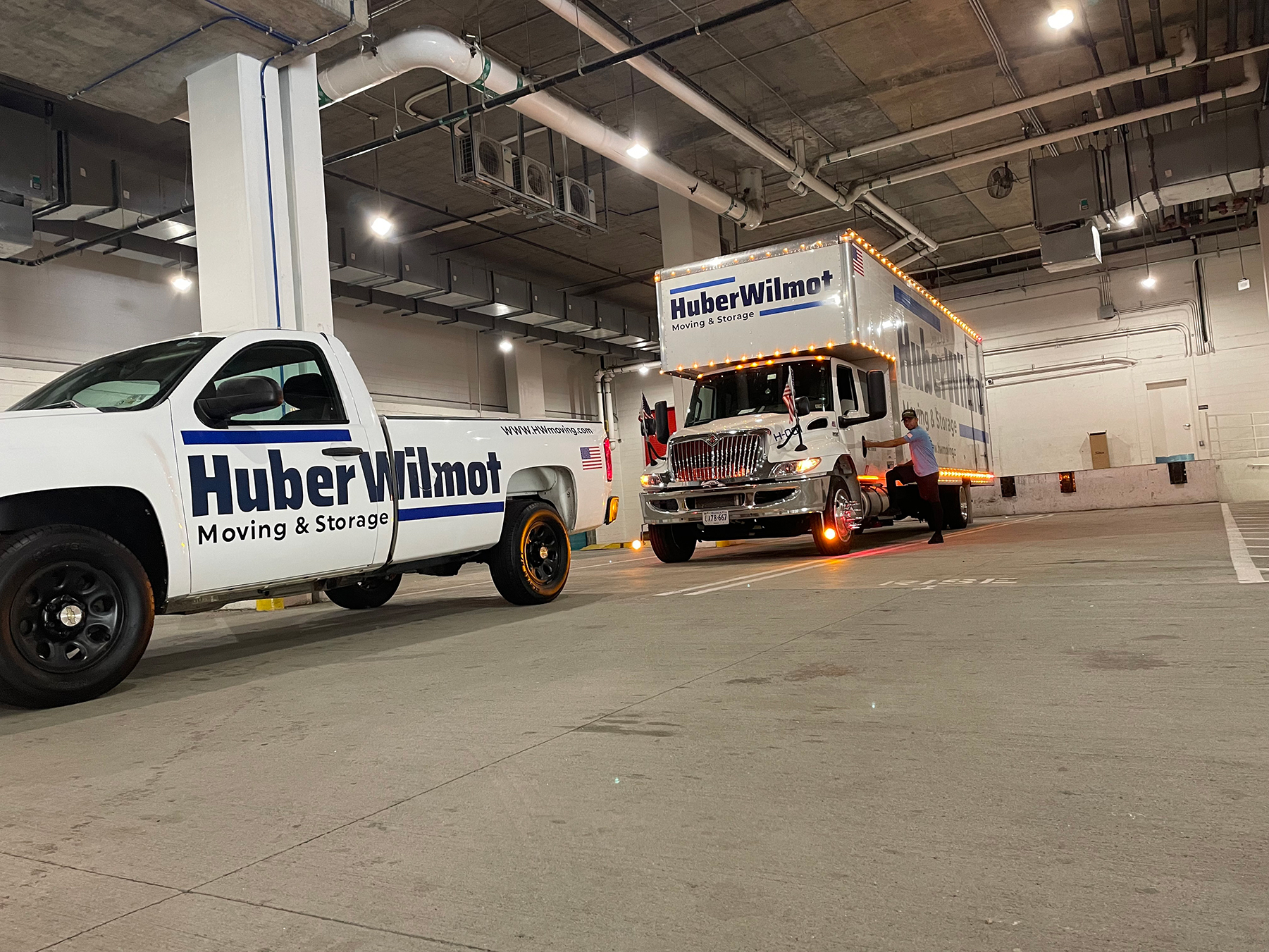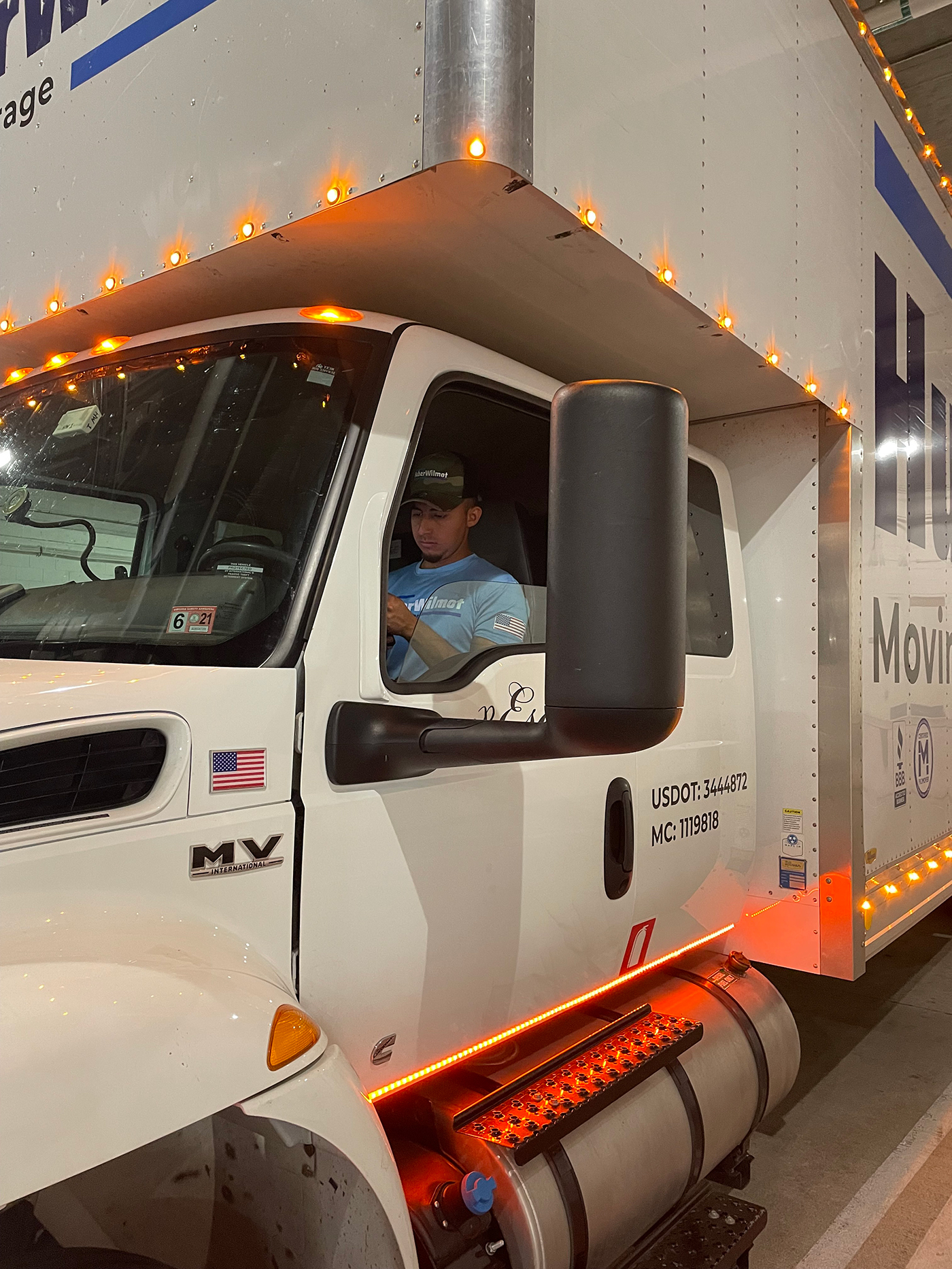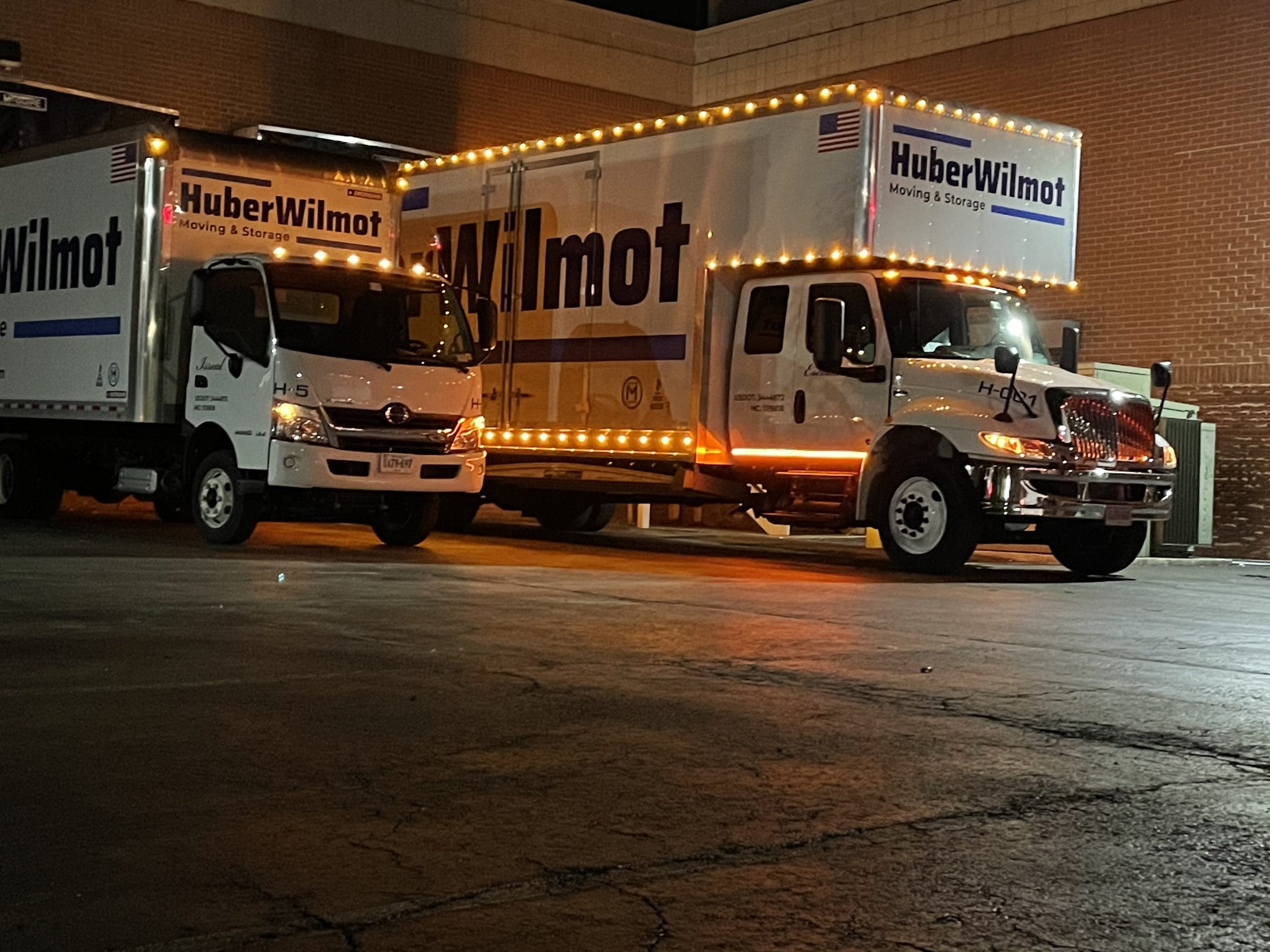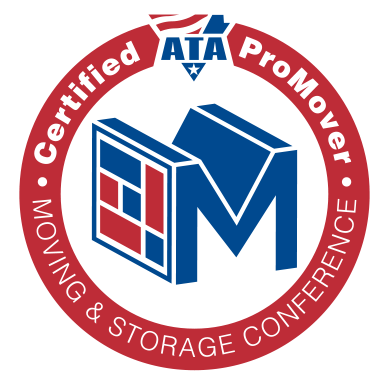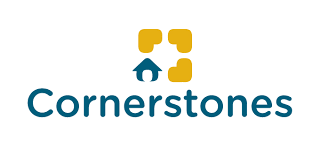Moving Valuation Coverage
Moving Valuation Coverage
When you are working with a professional moving company to move your belongings, even with all precautions taken, accidents can happen and items can be damaged during the move. Limited valuation coverage is required by most states for moving companies. This is what HuberWilmot Moving & Storage provides for local and intrastate moves. This will cover 60 cents per pound, per article with a fifty dollar maximum.
For any long-distance moves, HuberWilmot Moving & Storage provides basic valuation coverage, which is also $0.60 per pound, per article.
If you have any questions about valuation or about how claims are settled, please read our service contract, and contact us with any questions.
Limited Valuation Coverage
Limited valuation coverage means that the moving company will cover $0.60 per pound, per article with a maximum of $50 at no additional cost. So, if you are moving a television component valued at $1,000 that only weighed 25 pounds, the moving company is only liable to pay $15. Age and depreciation of items are also considered in the claim.
Full Value Protection Plan
There is a full valuation protection plan that you are available to purchase, this will cover your shipment for its full value. So, that same television component that is worth $1,000 will be covered for $1,000.
Valuation vs. Insurance
Insurance and valuation coverage are two separate options available to you. Moving insurance is something that is not offered by a moving company but rather something that you receive through an insurance company. Purchasing insurance through an insurance company for your household goods means that you will need to insure them for the exact amount they are worth. HuberWilmot Moving & Storage is not an insurance company, however, it will settle any in-house claims through its claims department in accordance with the limits of liability on the service contract.
Valuation coverage is what is offered by the moving company for any loss or damage that occurs during the move. Valuation coverage is offered in varying levels of protection. Whatever plan you choose will predetermine the limit of liability provided by the moving company by the wording on the bill of Lading. This has no relationship to the actual value of the shipment. Like most local moving companies, HuberWilmot Moving & Storage provides limited valuation coverage at $0.60 per pound, per article up to a maximum of $50. Additional valuation coverage options for different levels of liability are available to purchase from HuberWilmot Moving & Storage.
Disclaimer
Limited valuation coverage is included with your move. This will be coverage of $0.60 per pound, per article up to $50, whichever is less. If there are any deductibles, this applies to the customer and not HuberWilmot Moving & Storage.
Increased Value Liability Coverage is not automatically provided. If purchased, it must be done 48 hours prior to the commencement of services.
Additional coverages/lower deductibles are available, and these extra coverages must be declared/approved before 48 hours prior to commencement of services.
Did you know...?
How should I pay and what are the payment methods?
Tariff provisions require that all moving charges be paid before your shipment is unloaded at the destination. Payments can be made using cash, certified check, or money order. Other payment options, such as a credit card, can be arranged with your professional moving service provider. Your charges may be charged up to two days prior to load to prevent your delivery from being delayed. Discuss these options with the Moving and Storage Advocate and/or the customer service representative assigned to your shipment. If your employer is paying for the move, the employer may pre-arrange to be billed via invoice. Whatever works best for your situation is great—just be sure to have the details worked out prior to when packing and loading begins –if the method of payment is not established prior to load day, it can cause you problems on delivery day.



